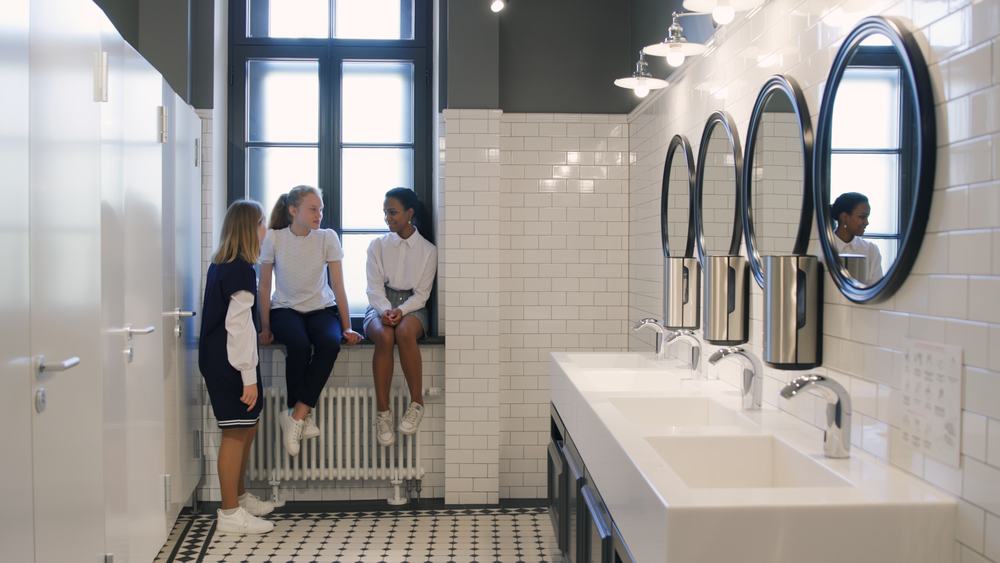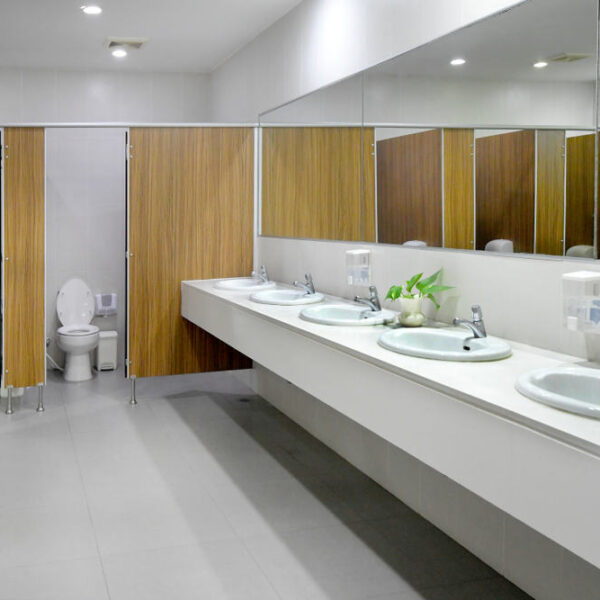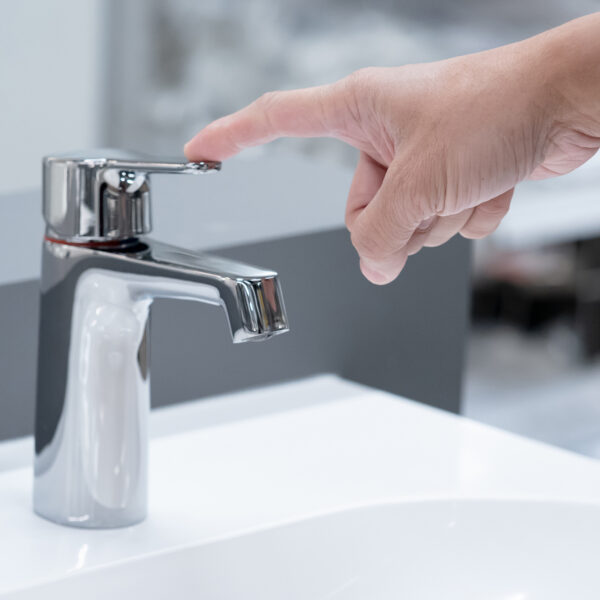When we start thinking about it, we don’t need to ask people to give us permission to breathe. It would be baffling for us to imagine our teachers or professors requiring us to hold our breath for 10+ minutes. However, the same can’t be said for bathroom policies that exist in so many schools and even colleges. Contrary to popular belief, no one can deny a student the right to go to the bathroom. It’s a right, not a privilege. And we are ready to discuss this problem.
Basic Bathroom Rights for Students: A List
It can be strange for someone to believe that college and school educators have much more important things than bathroom problems to discuss, but it’s a basic right of every person. Strangely enough, many people do not realize that these are the rights all people possess, regardless of how they are seen by their class or a teacher. Here are the most important bathroom rights for students.
- Timeliness. Every student has a right to use the bathroom when they need to. They do not have to explain their reasoning because it is a natural function of their bodies.
- Gender inclusivity. Transgender students should have a right to go to the bathrooms of the gender they belong to. Therefore, it is unethical for teachers or staff to make them go to the other gender bathroom as it violates their gender identification.
- Respect. All students, regardless of the time needed to go to the bathroom or their health conditions, deserve equal respect from their teachers and professors. They do not need to feel humiliated for the need to go to the bathroom more often or because they had a troubling situation.
- Cleanliness and safety. Students have a right to have access to bathrooms that are cleaned by responsible professionals. It is not their responsibility to clean the bathrooms after other students or due to unsanitary conditions that the staff failed to improve.
- Privacy. Each individual has a right to the privacy of their bathroom use. It may require individual entirely closed stalls or individual rooms. They should not be filmed, photographed, or controlled by adults when they need to go to the bathroom.
You have probably observed that most of these rights are not fulfilled in your educational facility. In some cases, it’s a problem of lack of resources, but in most, it’s caused by the lack of education and awareness.
Persuading People in Your College or School
Let’s imagine that you’re studying in a college or school where teachers are very strict about bathroom breaks. But you don’t like it and it’s getting quite problematic. What are some of the steps you can take? Regardless of whether you live in California, Ohio, or Alaska, make sure to study the legal issues in your county. Your school might even break the rules without knowing it, so it’s always good to have the law on your side. The next time a teacher tells you that you don’t have a right to go to the bathroom, you can use the knowledge of your state’s regulations on the matter.
Invite your parents if you’re a minor: they will definitely support you, especially if the issue has become really troubling. Maybe they will do most of the talking and your school’s administration will finally impose adequate rules on the matter. If you’re alone or adult enough, consider your own skills in that. Create a persuasive text that will tell others about the reasons for changing bathroom rules. You can create a simple poster, write to a school board or write an academic essay depending on what’s available for you. If you can’t write a nice text or something official and professional-looking, you can find paper writing services CustomWritings that will do an essay for you. It will help you learn how to make a strong case for yourself.
Establishing Healthy Bathroom Rules for Students
If you agree with the statement that all students should have the right to go to the bathroom, here are some bathroom rules for students you can suggest.
Establish open policies. The administration and teachers should be open about their views on bathroom rights. For example, if you are a teacher, tell your students that you won’t restrict their access to the bathroom.
Determine silent communication guidelines. It can get distracting if students ask to go to the bathroom all the time and make it harder for you or students to continue with the lecture. So, allow your students to go silently without requesting permission. If that’s not possible, decide on one universal gesture that means asking to go to the bathroom. You can find plenty of examples online.
Limit the number of students going outside at the same time. The main reason for disruptions occurs when students decide to go to the bathroom and spend classroom time chilling with each other. So, make sure that you allow no more than two students at a time to go to the bathroom.
Remind students of their accountability. You may ask your students to remember that while you allow them to go to the bathroom as often as they need, too regular visits can require you to invite their parents to a discussion concerning their health. However, it only works with school students.
Consequences of Limiting Bathroom Rights
If you still don’t know if this issue is serious, let’s consider some of the outcomes of restricting students’ access to bathrooms. First of all, it understandably affects students’ well-being. If a student has difficulty focusing on the task, the learning process becomes essentially useless. Second, students can develop different health-related conditions, such as kidney stones, kidney failure, urinary tract infections, urinary retention, and the bladder bursting. These consequences occur if the student either has to do it often or has other issues related to bathroom use. Third, it is undeniable that the mental cost of such restrictions can become severe. Some students can feel shame and even develop serious psychological conditions from bathroom OCD to a shy bladder syndrome. And that’s only a small part of the consequences that can appear if teachers reinforce such a harmful rule.
Aside from that, it can cause body issues, such as students feeling resentment towards their bodily functions, because the adult with whom they converse essentially shames them. In most situations, students won’t bully each other if they all have similar issues, but those with a more common need for urination can suffer from teasing among their classmates. Finally, it simply reinforces the belief that teachers aren’t the ones to be trusted. It builds resentment and unwillingness to be present in the classroom. Therefore, it is vital for teachers and students to understand that they are not enemies and can work together on the goal that matters: teaching and learning.
In fact, teachers are known to have the same issue. Some studies and interviews have proven that educators’ bathroom breaks are also quite rare. So, why does this problem persist? Isn’t that counterproductive to punish students for the same issue you are having? Maybe the problem is the school policy. Regardless of the reason, we strongly encourage staff and parents to raise this question if it is problematic. There is no need to make the learning process difficult. And the best thing students can take from their learning experience is that they deserve respect.
One Step At a Time
This article aimed to help people realize the importance of regular bathroom breaks for students. Along the way, we have observed that restrictions are unethical and unhealthy. Hopefully, this text provided you with some food for thought, and you are ready to take some action and educate yourself and others on such a vital topic. Whoever you are, you know that students and teachers are human beings, and basic respect does not have to be earned.









